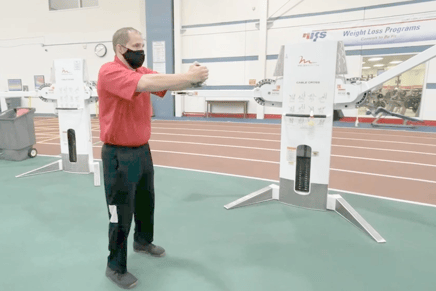 We all know that core stability and strength is an important factor in exercise, athletics, and even daily living. Being able to properly brace and stiffen the core is an important skill in preventing lower-back injuries when attempting certain movement patterns that occur every day. The abdominal crunch, which people often think of as a core exercise, is actually not a movement we see in our day-to-day lives. Try and think of a time you have had to mimic the abdominal crunch under a heavy load: it simply does not occur.
We all know that core stability and strength is an important factor in exercise, athletics, and even daily living. Being able to properly brace and stiffen the core is an important skill in preventing lower-back injuries when attempting certain movement patterns that occur every day. The abdominal crunch, which people often think of as a core exercise, is actually not a movement we see in our day-to-day lives. Try and think of a time you have had to mimic the abdominal crunch under a heavy load: it simply does not occur.
More often than not, we need to be stronger in the core in a more upright or natural standing posture. The abdominal crunch is now being found to stress the low-back area, can cause discomfort by compressing your back joints, and can even lead to injury after a while.
So you are probably wondering, how do I strengthen my core in an upright position? The answer is through anti-movement patterns. These could be anti-rotational, anti-flexion/extension, or anytime you are forcing your body to resist being moved from a normal posture. These patterns can be accomplished in an isometric hold or a dynamic pattern with bands, kettlebells, or weights.
Anti-rotational Exercise: The Paloff Press
An example of an anti-rotational exercise would be the Paloff press, shown here:
The goal is to press the handle from your belly button slowly and in a controlled manner so that the core has to work to not let your body turn.
Anti-Flexion or Extension Exercise: The Plank
An example of an anti-flexion or extension would be a plank, as shown here:
The goal is to keep your hips down and really engage the core area by pulling your belly button in. You can add weights to your back or increase the time you do these to make them more challenging!
Strengthening Exercise: The Kettlebell March
An example of strengthening the core in that normal standing position would be a kettlebell march, where you can either do two kettlebells in the front squat position or one held out in front. Both are shown here:
Marching slowly and controlled is the key for this exercise. While doing this, all the muscles in your core fire to prevent you from falling any direction while you balance on one leg.
See a NIFS Health Fitness Specialist to learn how you can start strengthening your core in a neutral position to assist with your exercises and your day-to-day life. See these links for more information:
ACSM core PowerPoint: http://forms.acsm.org/TPC/PDFs/23%20Best.pdf
PT Dr. Aaron Horschig: “The Big Three”: https://www.youtube.com/watch?v=2_e4I-brfqs
This blog was written by Grant Lamkin, NIFS Health Fitness Specialist. To learn more about the NIFS bloggers, click here.


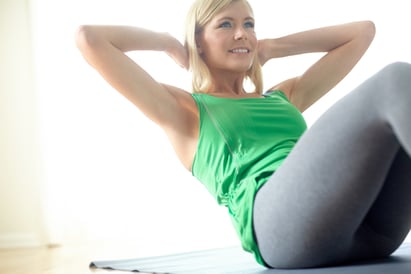 Low-back pain is an issue with so many people who are spending entire days sitting to do work. Stretching and mobility work will help ease the lower-back pain, getting the muscles to relax and loosen. Here are some moves to get loose and then start to strengthen the core to keep the pain away.
Low-back pain is an issue with so many people who are spending entire days sitting to do work. Stretching and mobility work will help ease the lower-back pain, getting the muscles to relax and loosen. Here are some moves to get loose and then start to strengthen the core to keep the pain away.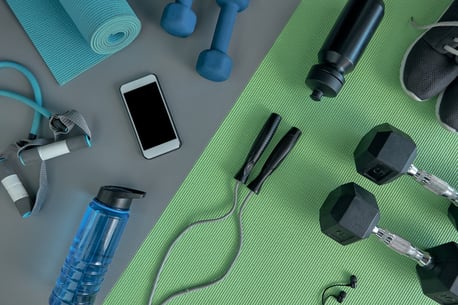 The saying often goes, “success breeds success,” but I’m a big believer that failure leads to just as much and even more success. Being reactive in nature to a situation (as most of our population is) can delay a successful outcome, but often does lead to one. Obviously being proactive, anticipating and avoiding rather than catching and correcting, is a more successful model of living; but we find ourselves in situation we really couldn’t anticipate. There are some lessons to be learned and success that can come from this desperate situation we are all in.
The saying often goes, “success breeds success,” but I’m a big believer that failure leads to just as much and even more success. Being reactive in nature to a situation (as most of our population is) can delay a successful outcome, but often does lead to one. Obviously being proactive, anticipating and avoiding rather than catching and correcting, is a more successful model of living; but we find ourselves in situation we really couldn’t anticipate. There are some lessons to be learned and success that can come from this desperate situation we are all in.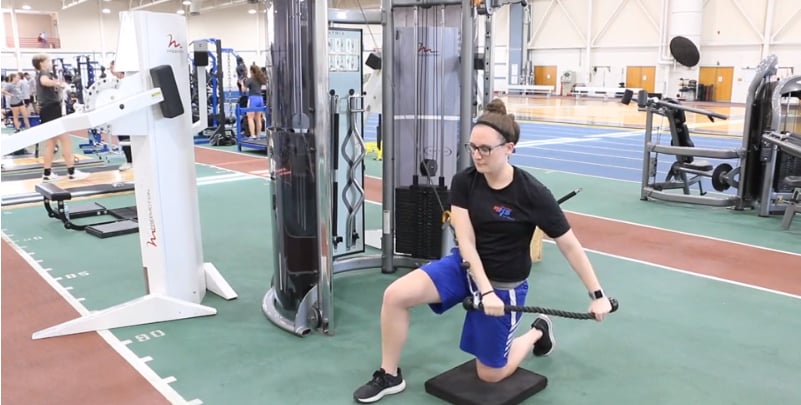

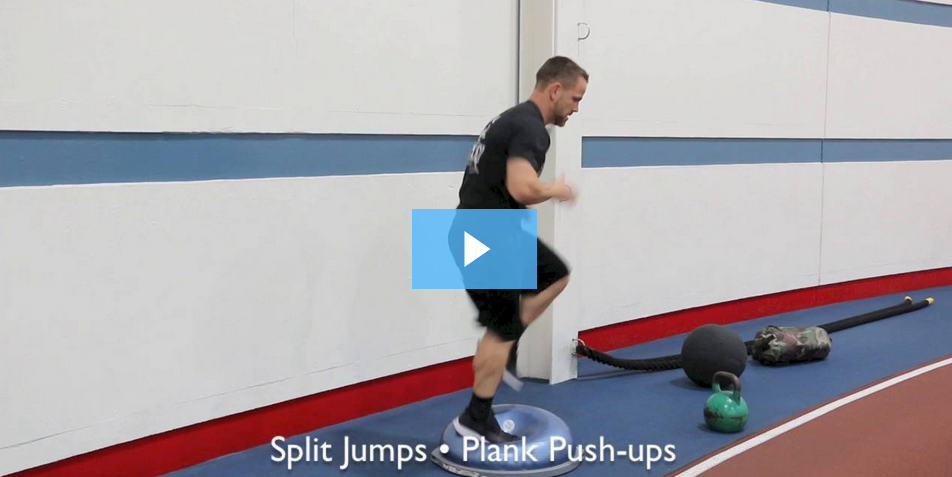
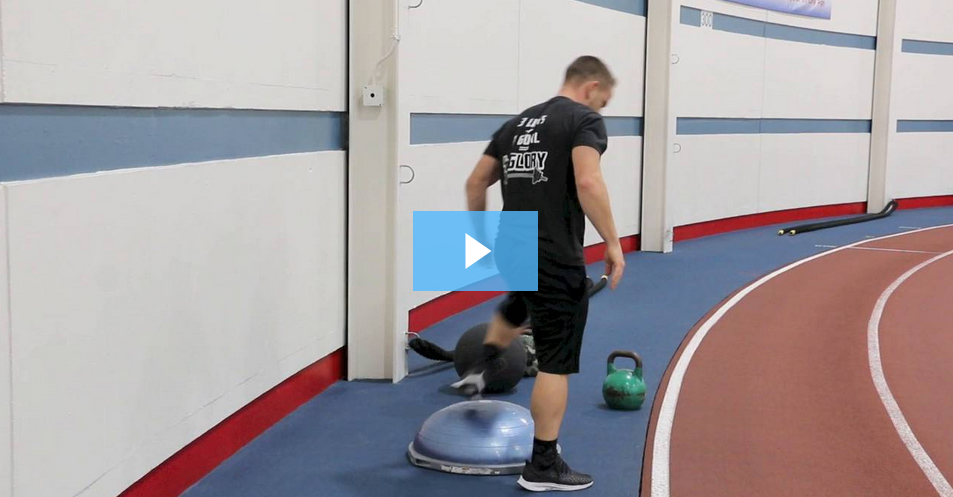
 Some of the number-one fitness goals are to strengthen the core, lose belly fat, and get six-pack abs. These are all pretty good goals that can be addressed by a fitness professional and a dietitian, but everyone might not have that luxury. From a traditional perspective, we have mainly used a few ab exercises such as crunches, sit-ups, and variations of them. For the most part, these are better than the alternative—nothing at all.
Some of the number-one fitness goals are to strengthen the core, lose belly fat, and get six-pack abs. These are all pretty good goals that can be addressed by a fitness professional and a dietitian, but everyone might not have that luxury. From a traditional perspective, we have mainly used a few ab exercises such as crunches, sit-ups, and variations of them. For the most part, these are better than the alternative—nothing at all. Anti-rotational holds: Using either a cable machine or bands, stand perpendicular to the anchor point while holding your handle directly in front of your midpoint. To increase the intensity, I suggest introducing a kneeling or half-kneeling position, making the core work even harder.
Anti-rotational holds: Using either a cable machine or bands, stand perpendicular to the anchor point while holding your handle directly in front of your midpoint. To increase the intensity, I suggest introducing a kneeling or half-kneeling position, making the core work even harder.